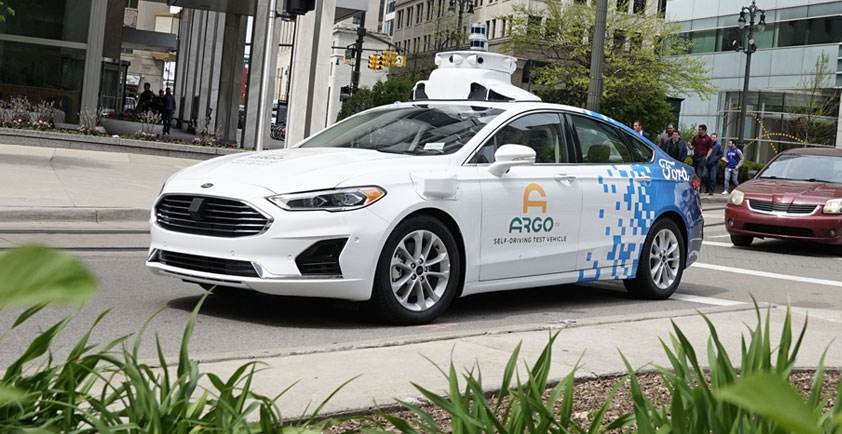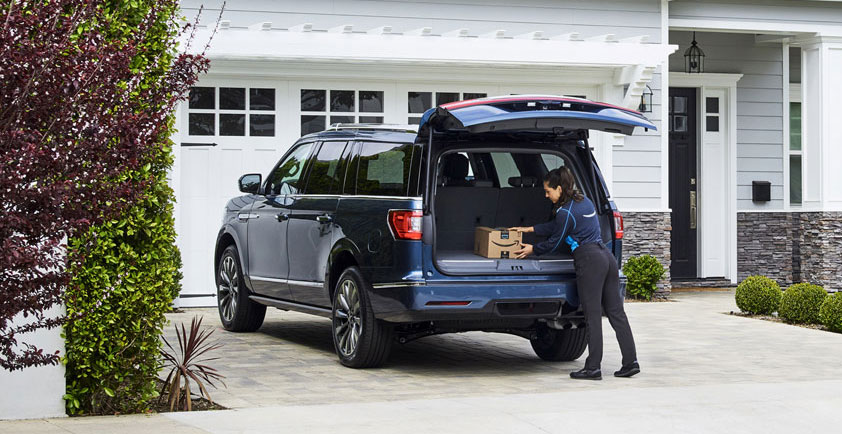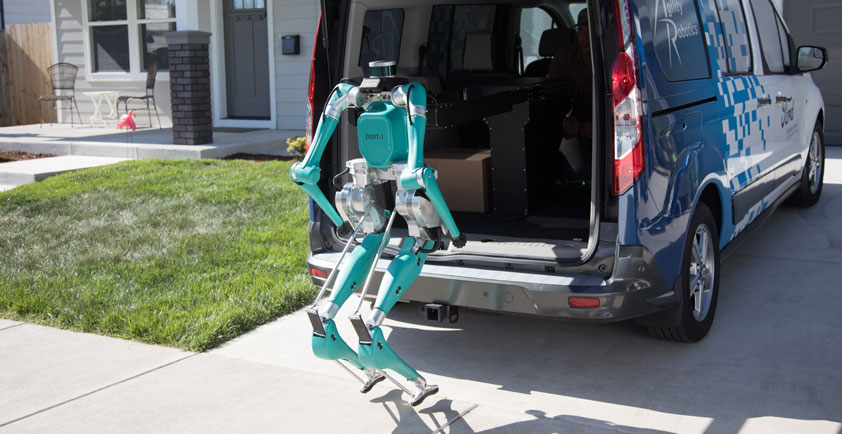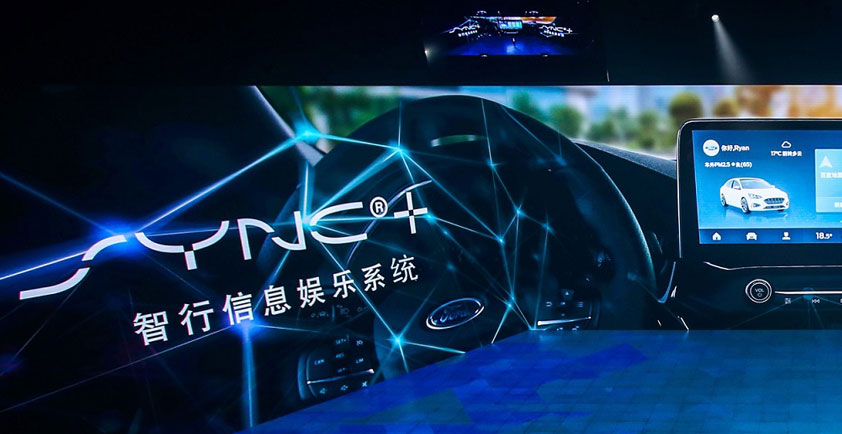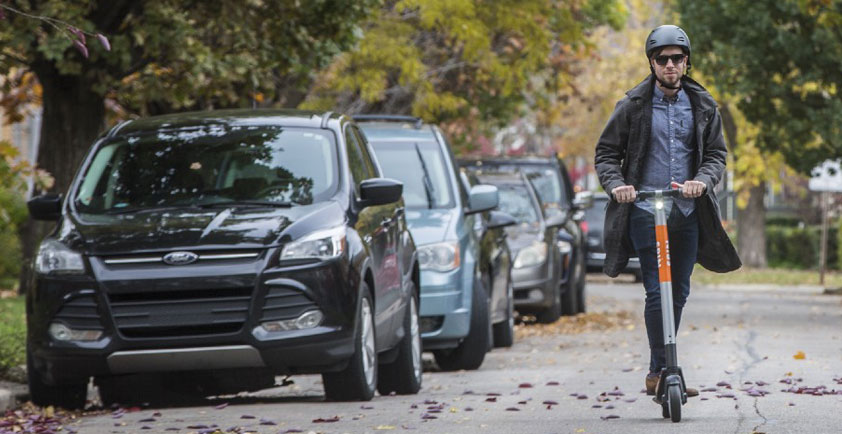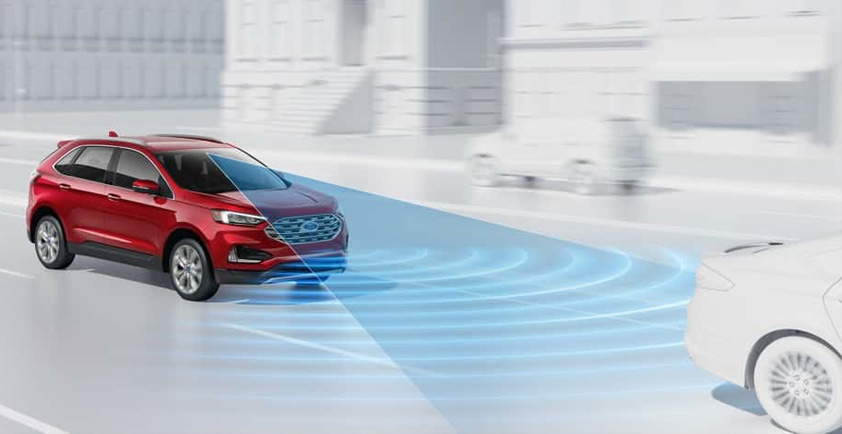

INNOVATING FOR SMART VEHICLES IN A SMART WORLD
By Don Butler, Executive Director, Ford Connected Vehicle Platform and Product
We’ve been talking about the promise of cellular vehicle to everything technology — or C-V2X — for more than a year and have committed to adding the capability to our future vehicles to make people’s lives better with safer, more efficient driving.
But we know to truly unlock the power of this technology, we need to go even further. We need to create the innovations that will open and mediate the most beneficial connections in this connected world. We’re being realistic because we know the immediate and universal adoption of C-V2X is a daunting challenge. Not only are governments and some automakers still considering alternative technologies, the “everything” in C-V2X likely always will include other connectivity methods such as Bluetooth.
So our engineering teams are creating new C-V2X innovations in addition to our work to collaboratively develop its core technologies. These innovations show how C-V2X can be part of the fabric of communications that involve other wireless technologies.
This week at the Intelligent Transportation Society of America annual meeting in Washington, D.C., we are demonstrating two advancements in this space. One is a roadside unit that allows communications between vehicles and other road users such as pedestrians, cyclists and e-scooter riders using different wireless technologies, while the other is an unalterable blockchain-based system that helps vehicles negotiate the right of way at intersections for efficient traffic flow.
These types of innovations are important because they could increase safety for many, allowing road users to know what’s ahead of them before they can even see it, while also working to reduce traffic congestion.
A technology ‘bridge’
Drivers in busy urban areas often cannot see pedestrians, scooter riders and others as they begin to cross streets. A C-V2X-equipped vehicle can communicate with these other road users to determine if they intend to cross into its path and create a potential risk, if those users are speaking the same language. But what if they’re not? Consider the case of a pedestrian with a Bluetooth-enabled phone. How does the C-V2X-equipped vehicle exchange information with this person before they step into traffic?
Our team took on this challenge. The roadside unit we are developing serves as an “interpreter” in these situations. It can translate signals from different wireless technologies including Bluetooth, C-V2X and dedicated short-range communications channels. The signals could come from a pedestrian’s mobile or wearable device, a communications system mounted to a scooter, C-V2X and dedicated short-range communications from cars or traffic signals, as well as other sources. In our example, the person’s mobile phone can tell nearby vehicles of his or her intent and receive confirmation from the vehicles involved that it is safe to cross.
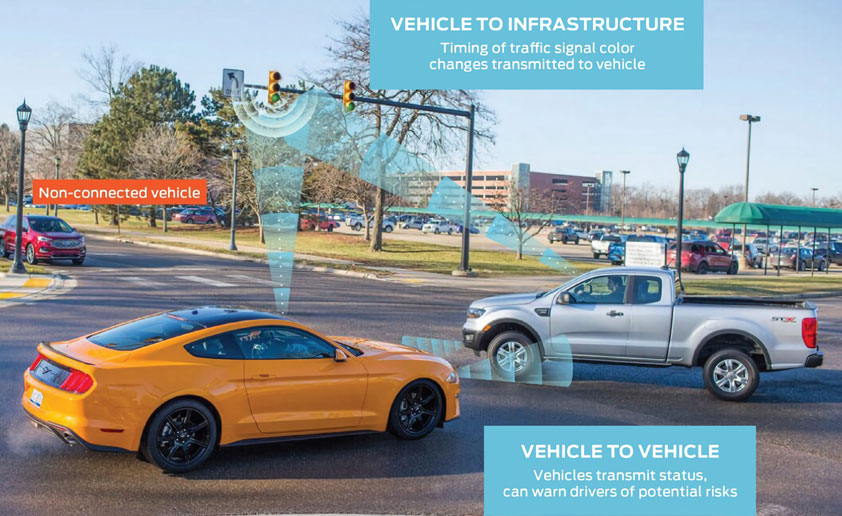
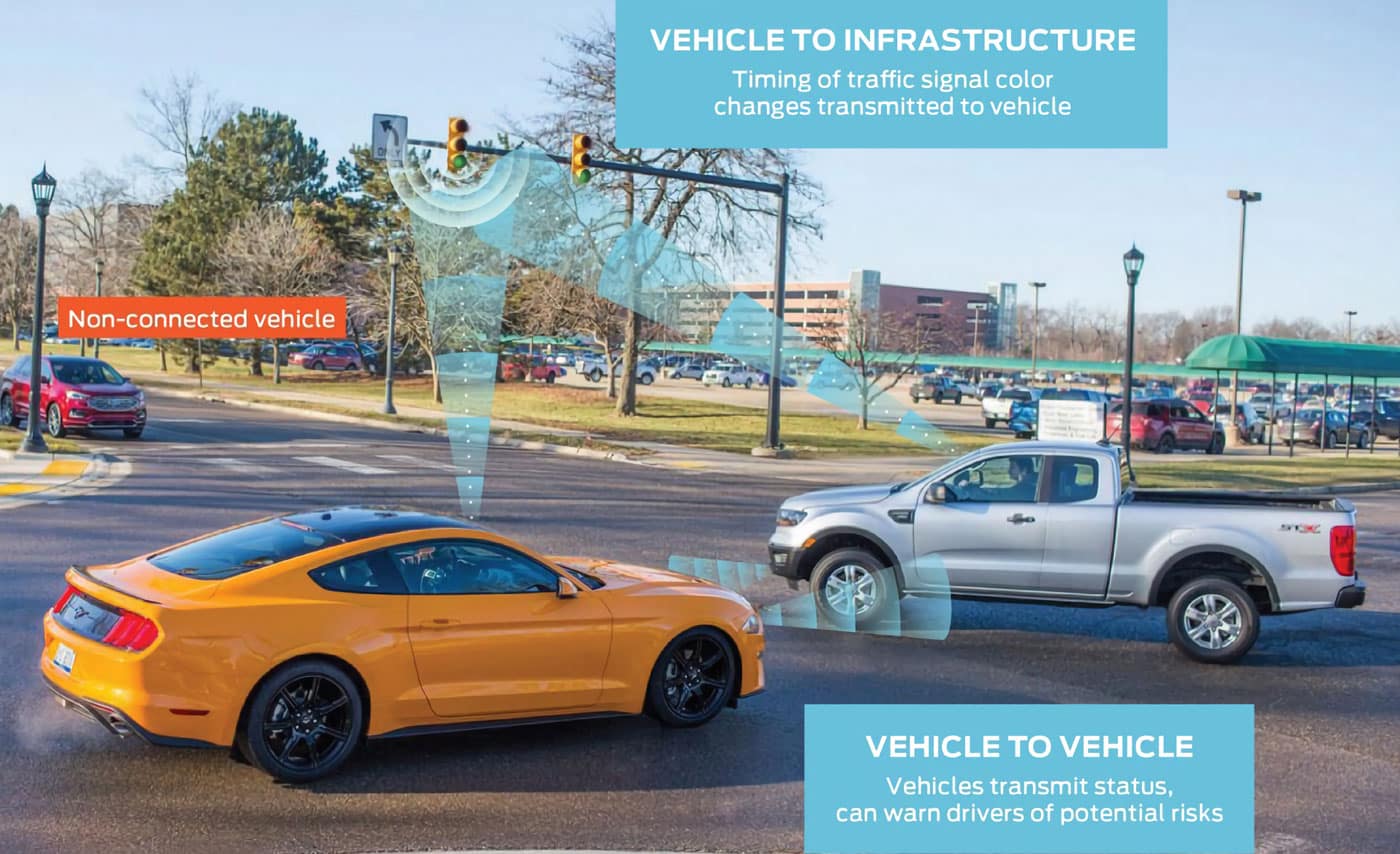
Negotiating right of way
Today, when multiple vehicles approach a multi-way-stop intersection, we have a common understanding that whoever approaches first has the right of way to make the first move, or we gesture and wave to a fellow driver to signal they can go. But consider a future world where we have humans driving alongside autonomous vehicles. We won’t be able to simply gesture and wave to an autonomous vehicle that doesn’t have a human driver.
This is where the unalterable blockchain-based system we are developing comes in. This innovation invites road users at our hypothetical intersection into a “discussion” in which they agree on which user will move in which direction and when. Of course, this happens in a fraction of a second, allowing all traffic maneuvers to take place in a safe, efficient manner. The system builds on C-V2X’s processes for authenticating users to enhance performance, simplicity and security.
Changing urban mobility through connectivity
We are bullish on C-V2X. The capability to truly change the way we move in our cities is exciting. C-V2X will help unlock the capability of city infrastructure by serving as a conduit for an additional source of data about traffic, construction, emergency vehicles and more, allowing cities to optimize travel across mobility options and improving safety and efficiency for residents and visitors.
To achieve its full potential, C-V2X must be widely deployed to vehicles and infrastructure within the transportation ecosystem. That is why we are inviting our fellow automakers, government agencies and other partners to work with us to encourage wide adoption of C-V2X, to develop the innovations that will unleash this connectivity technology’s promise to address the transportation issues of today and create the cities of tomorrow.
